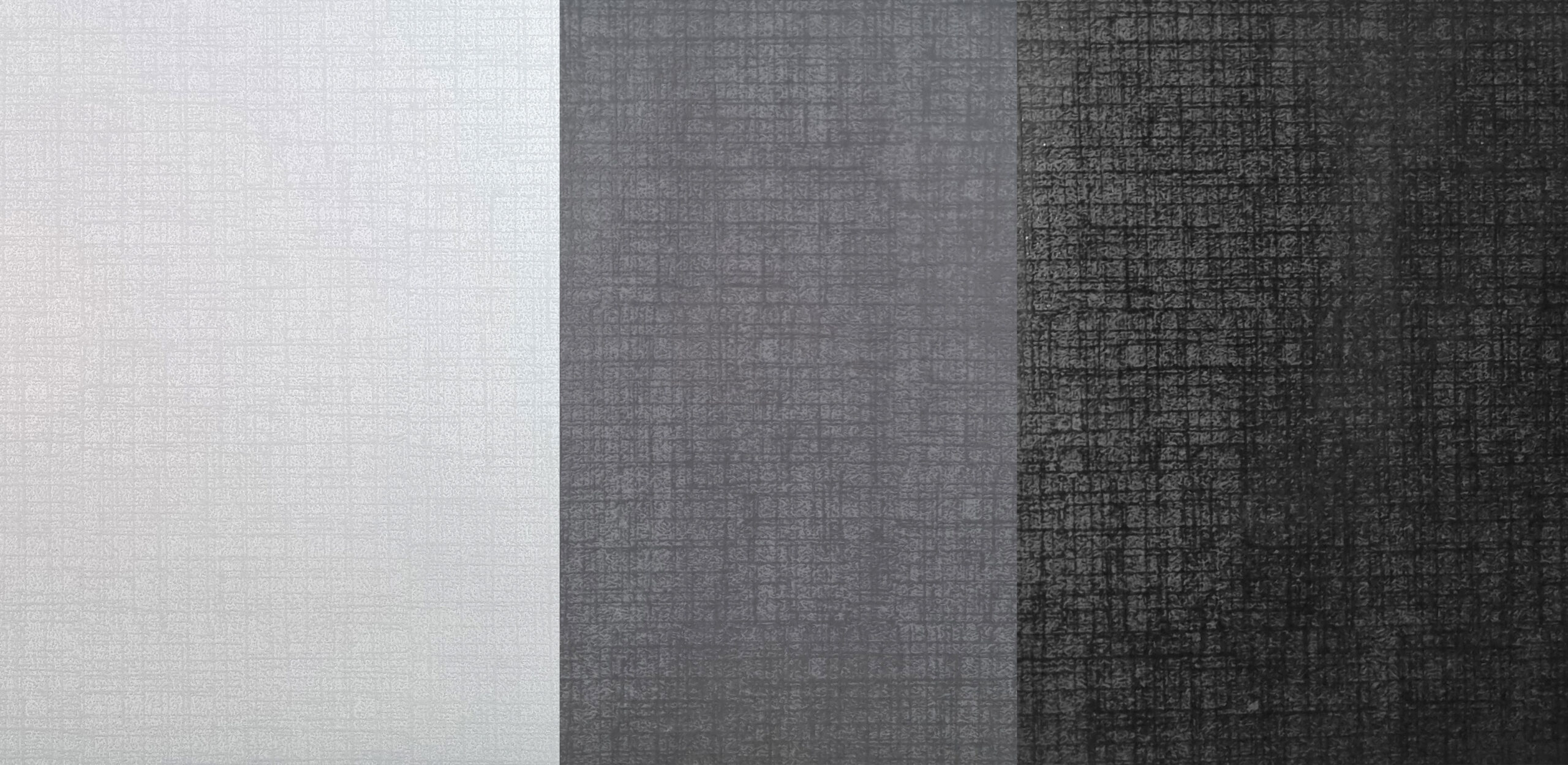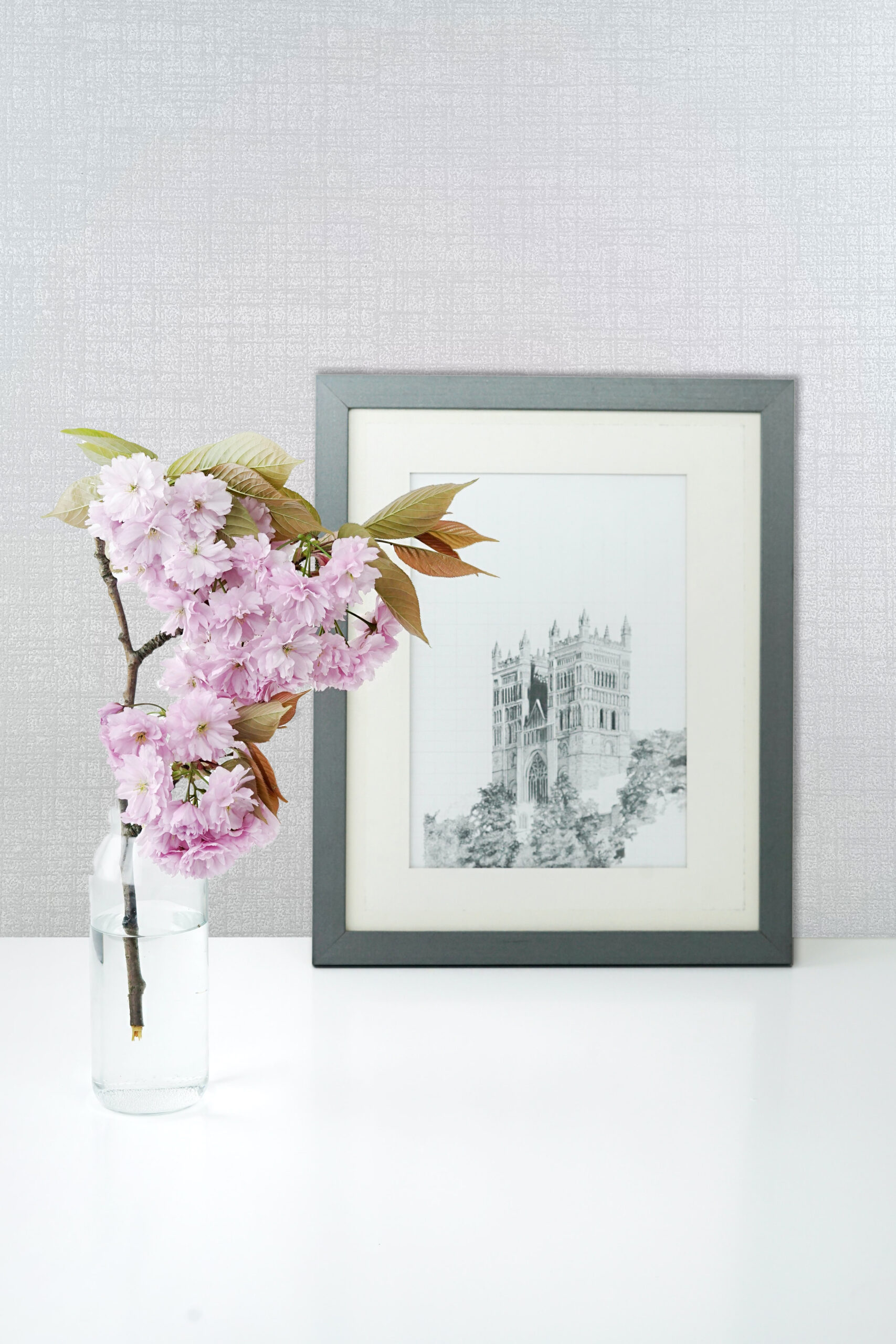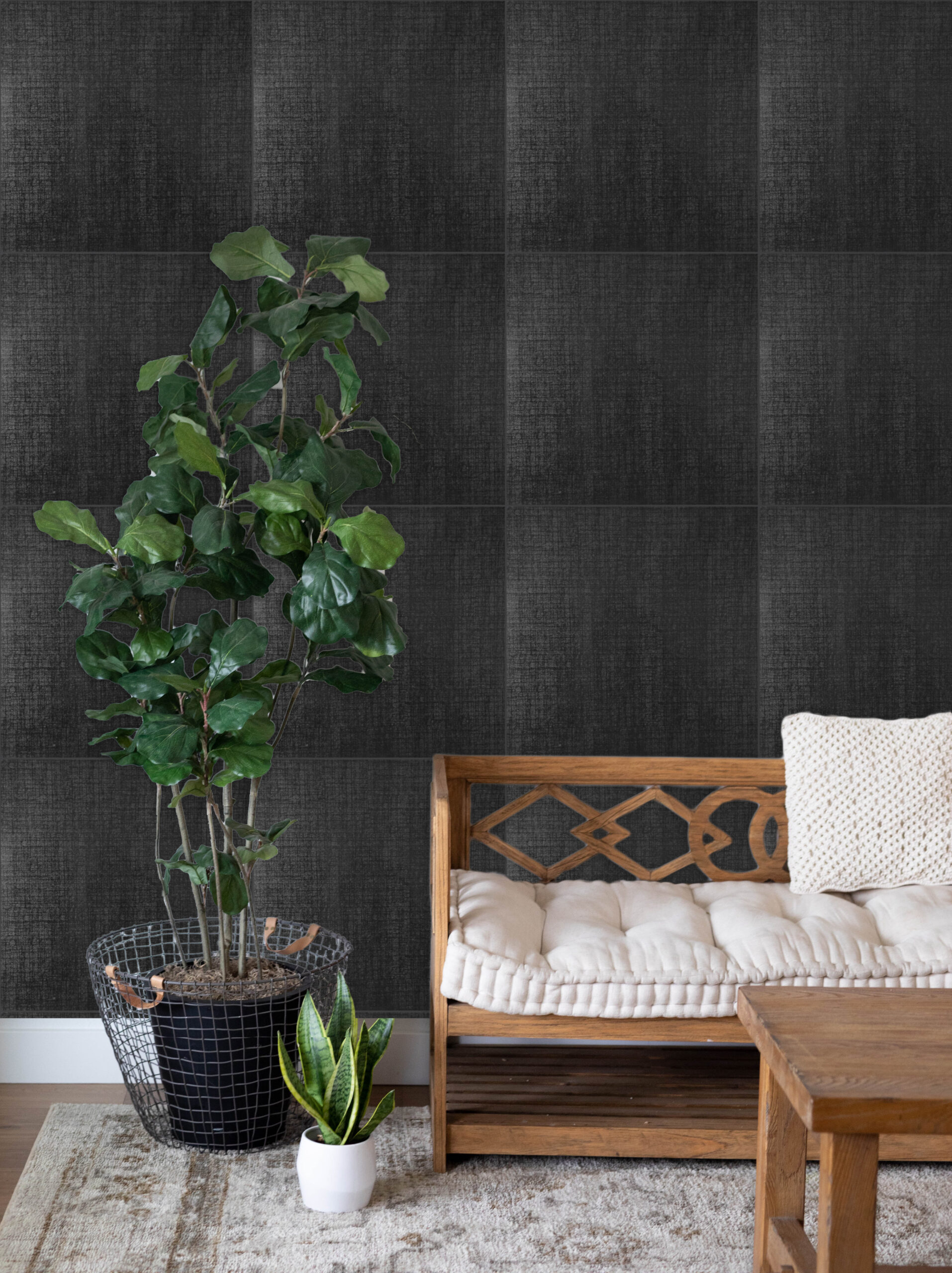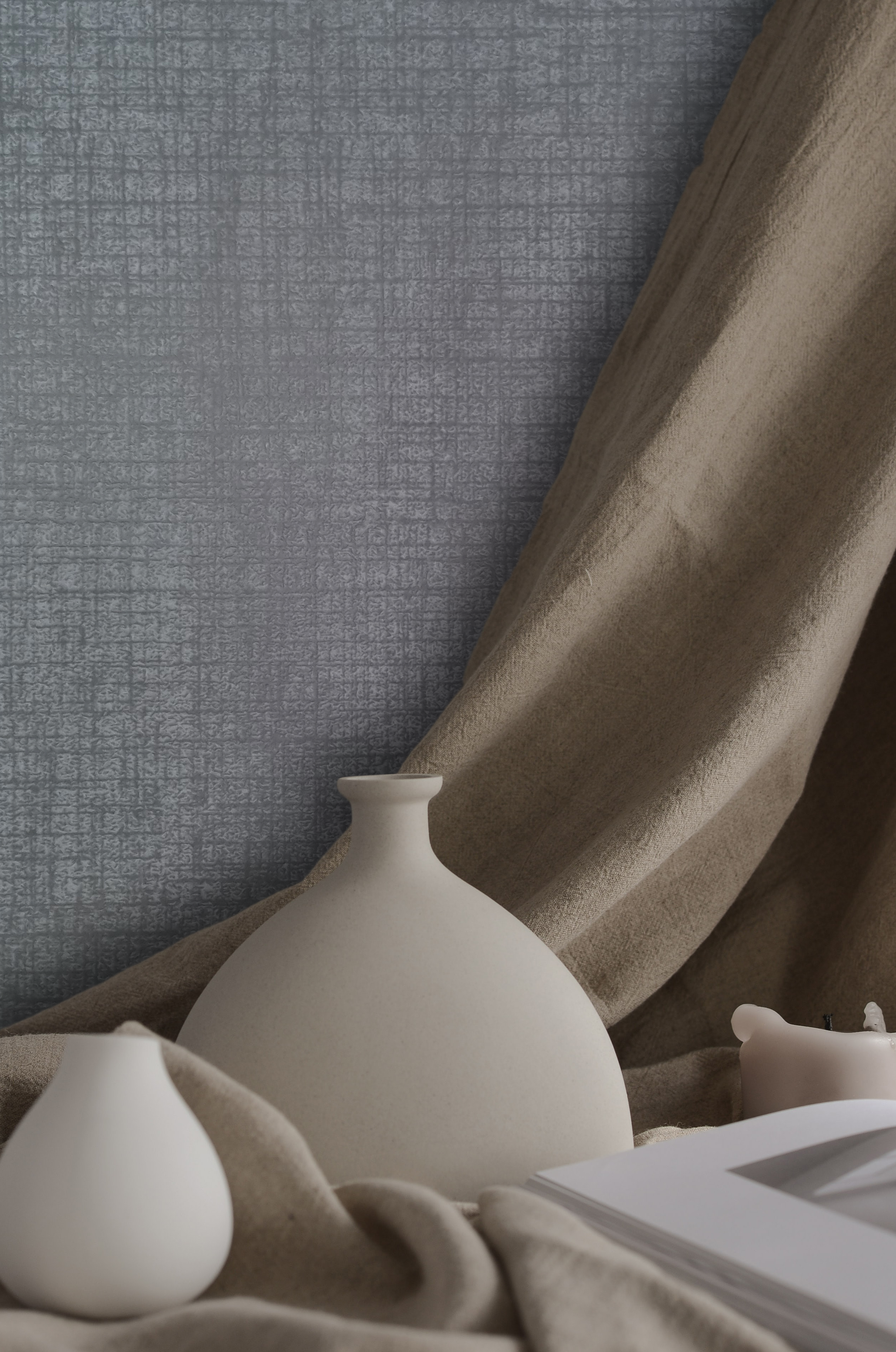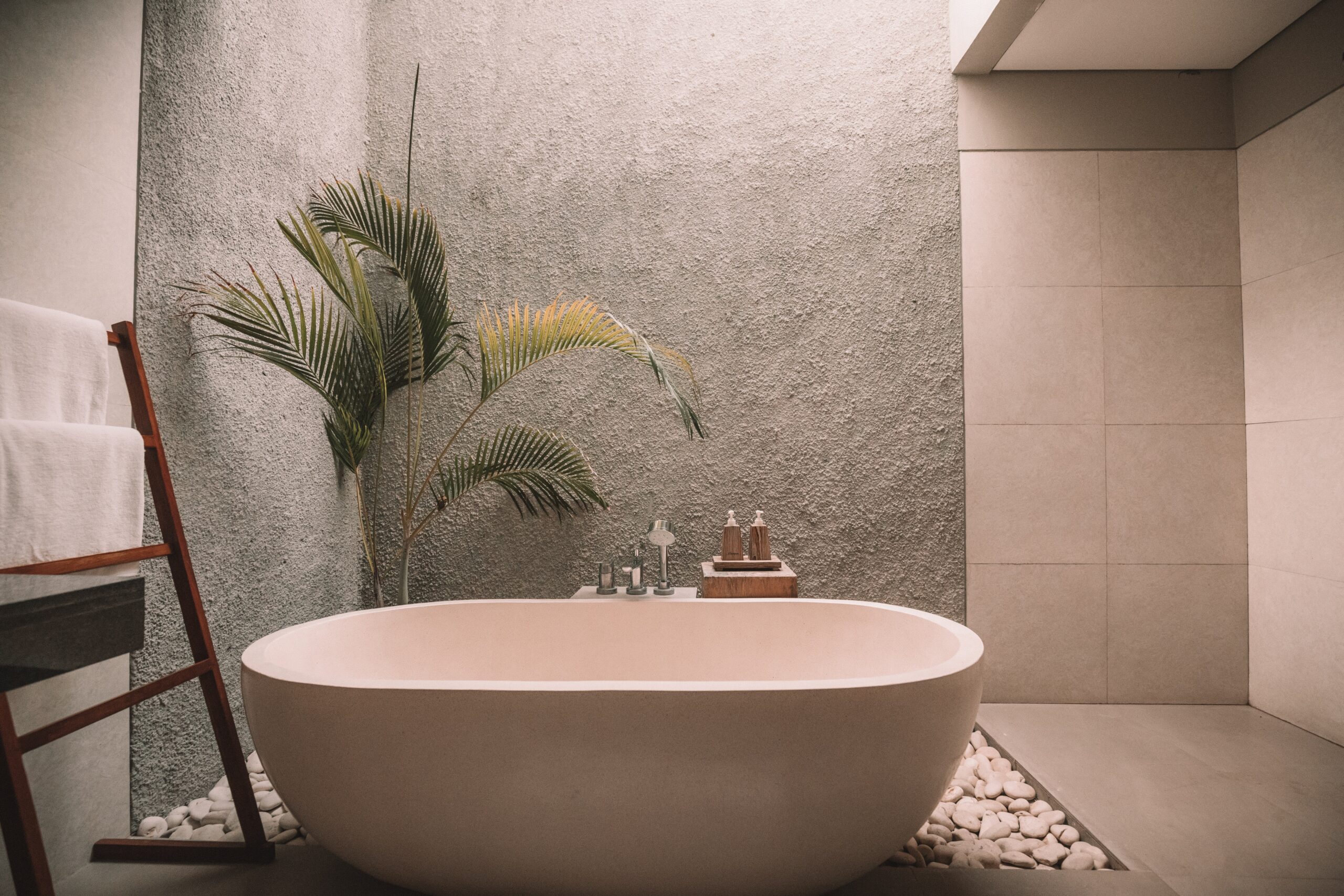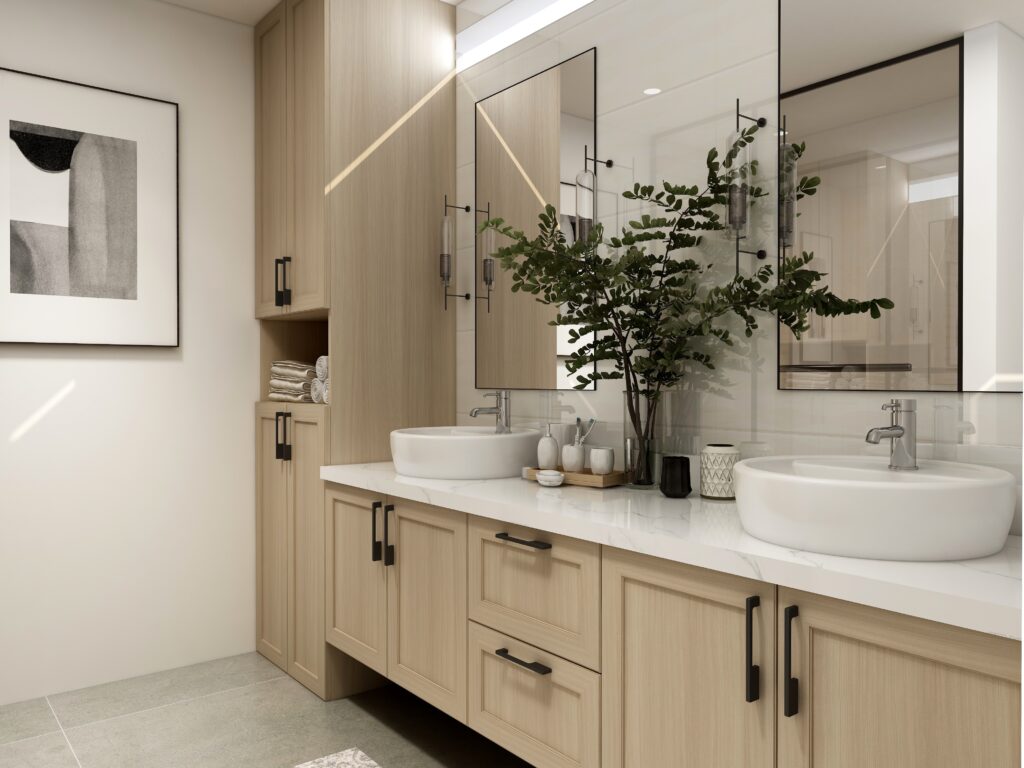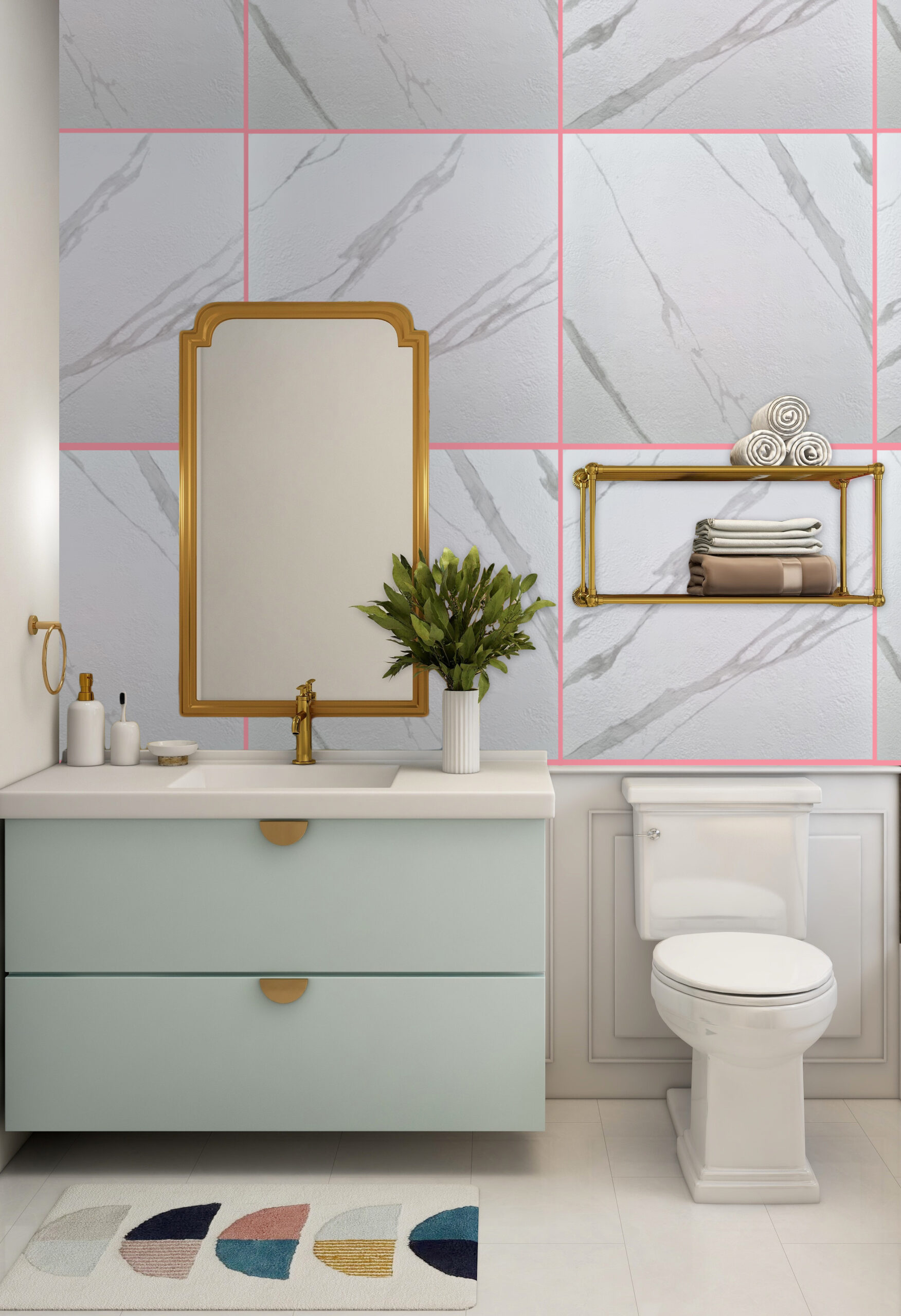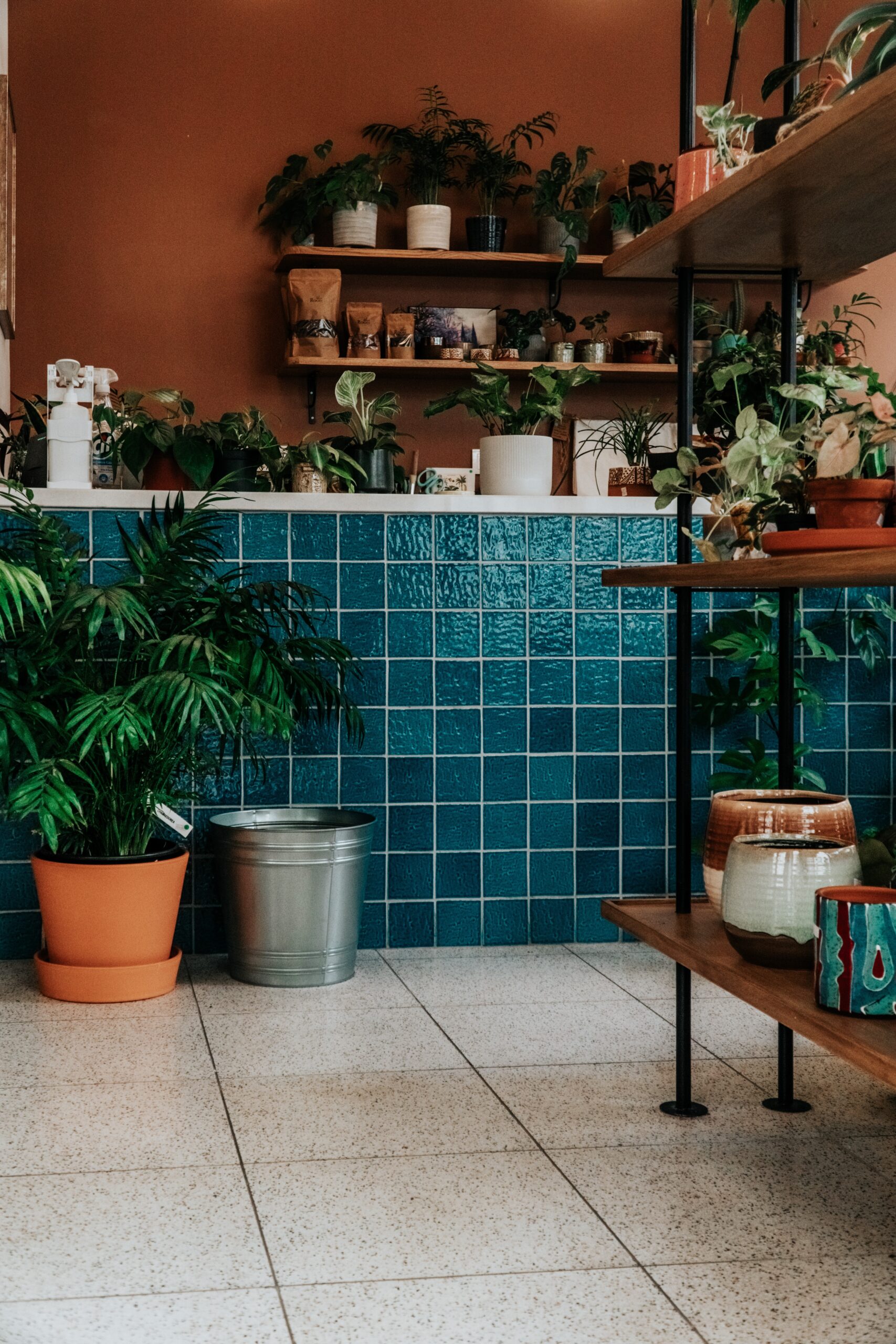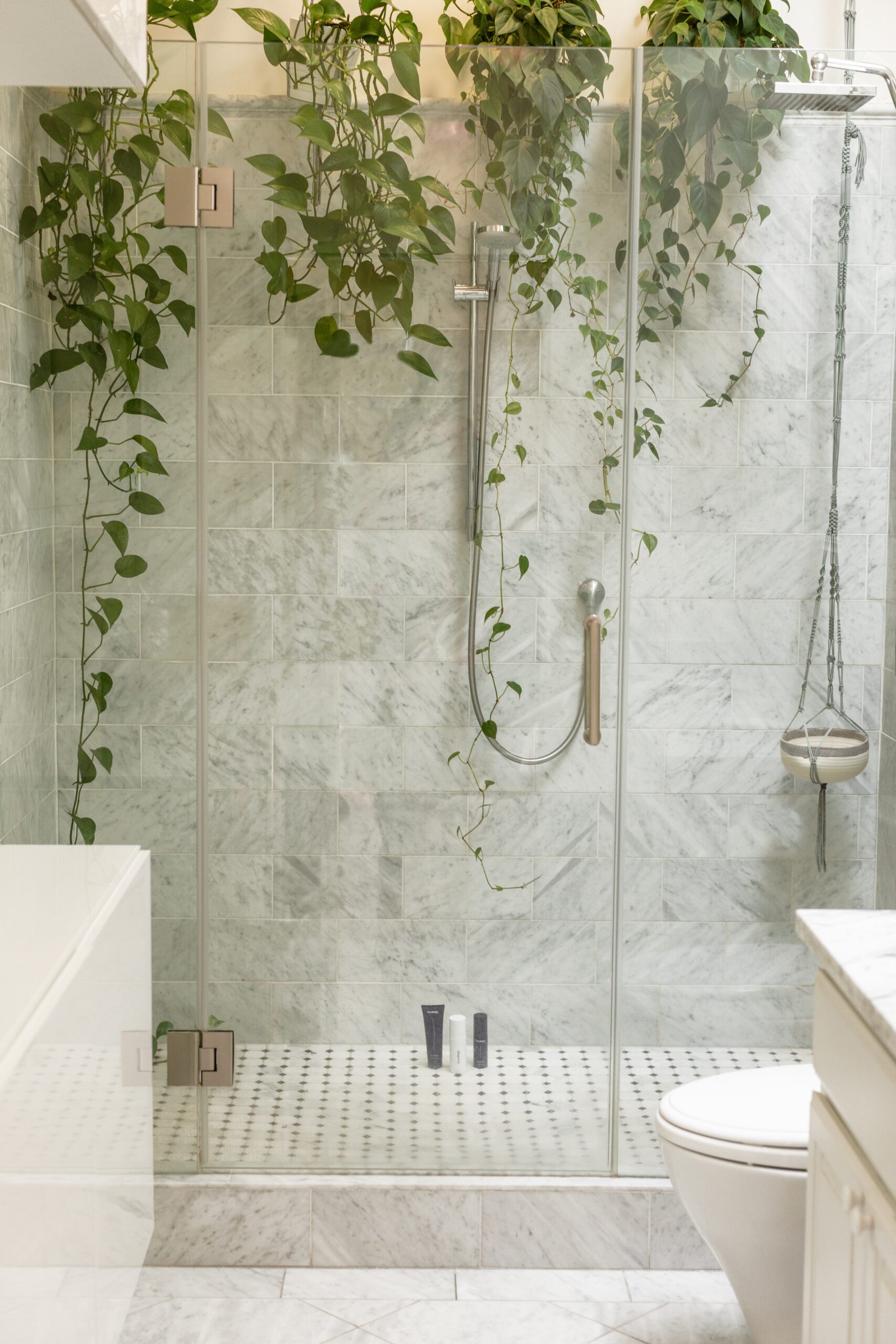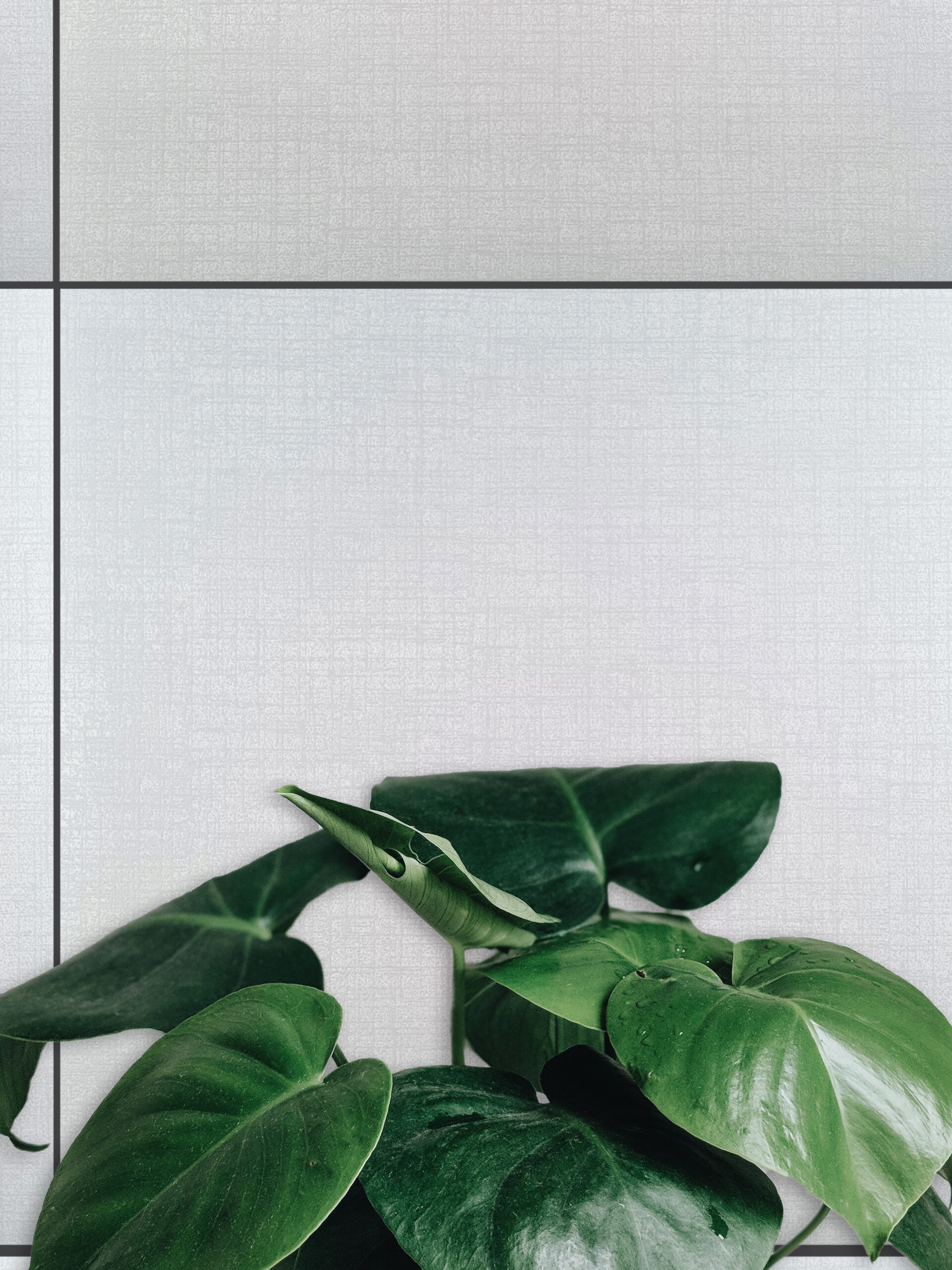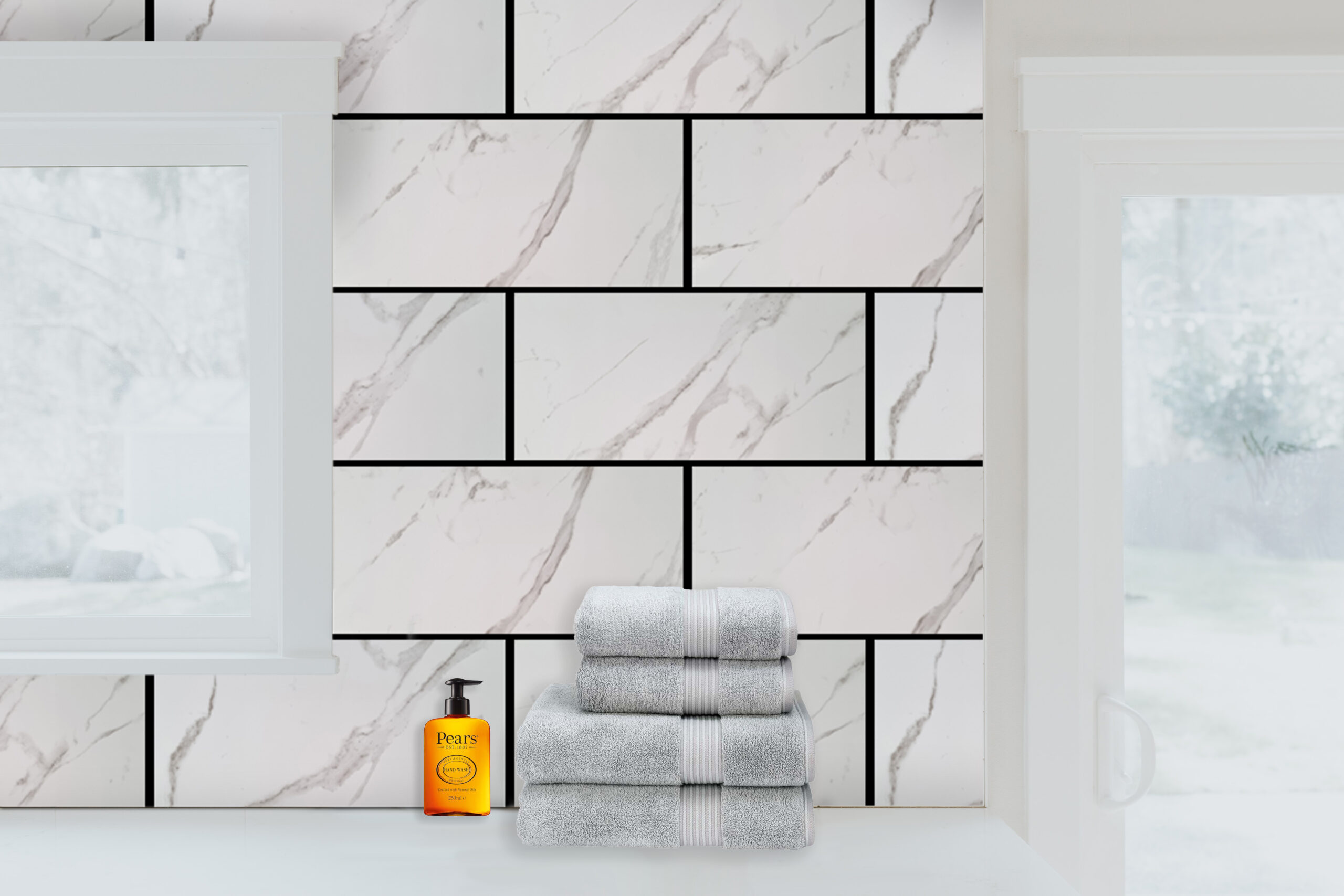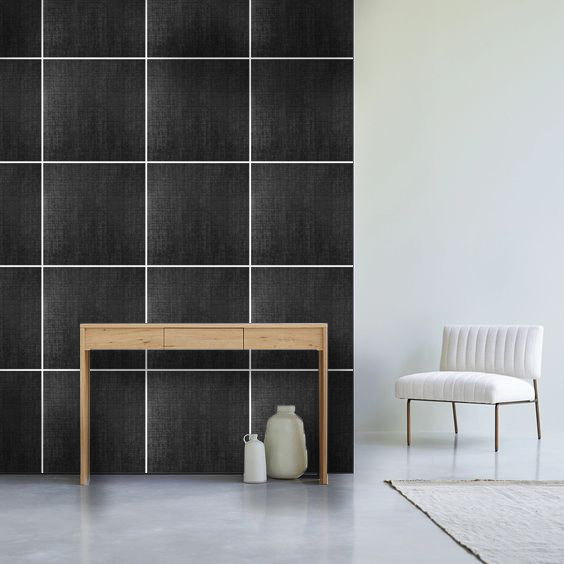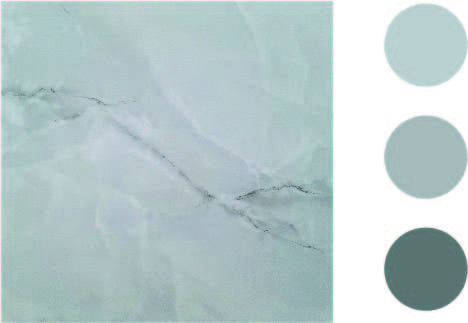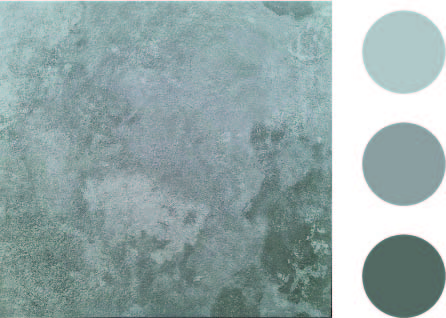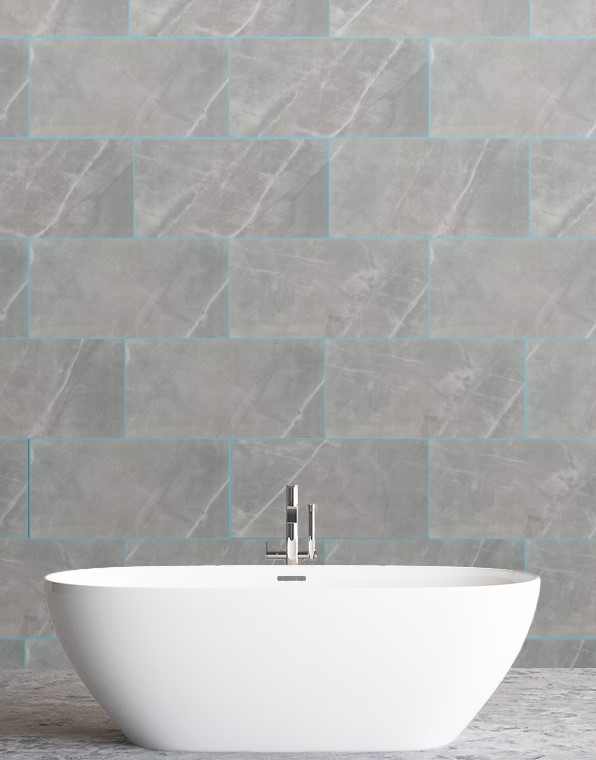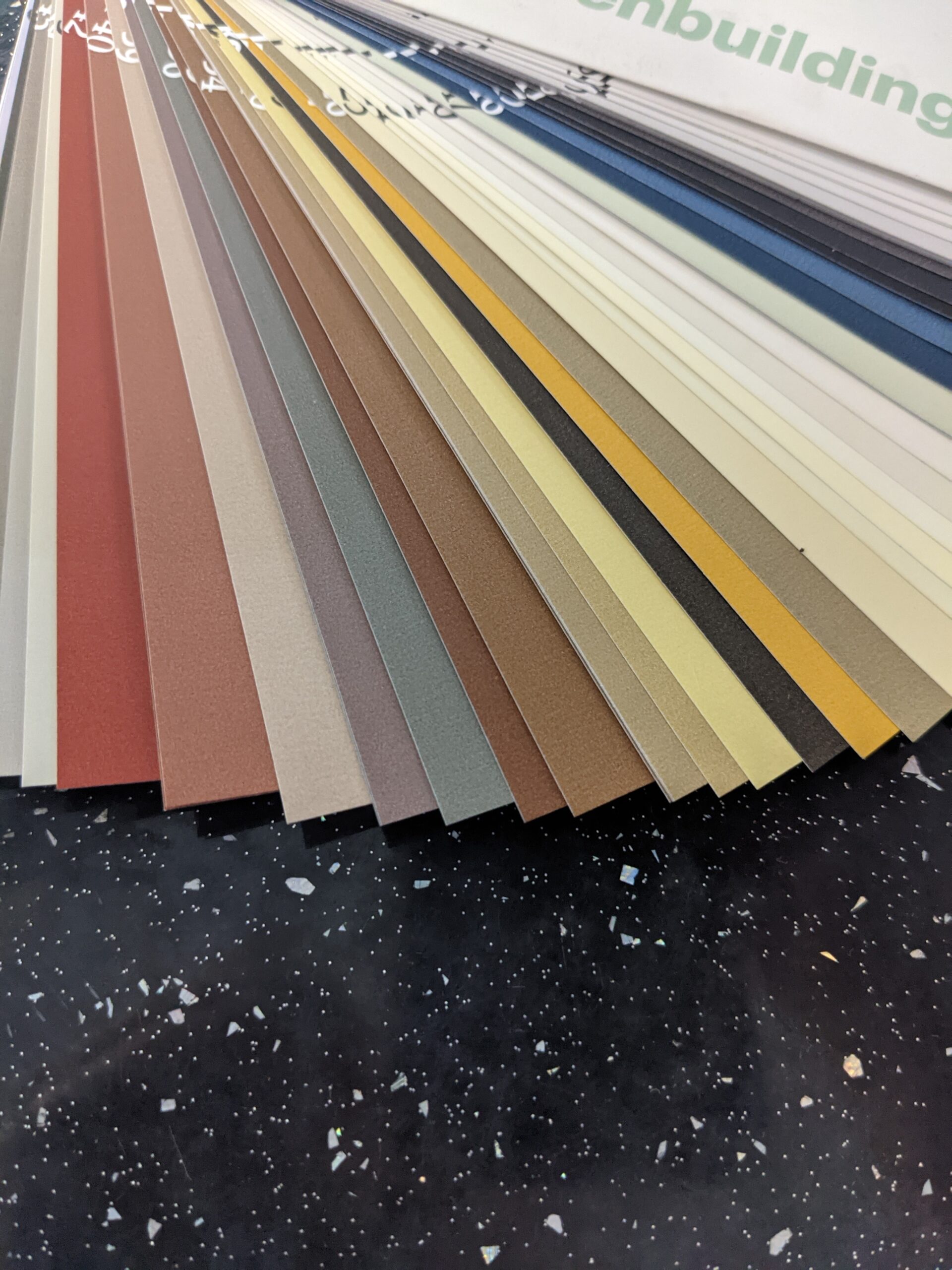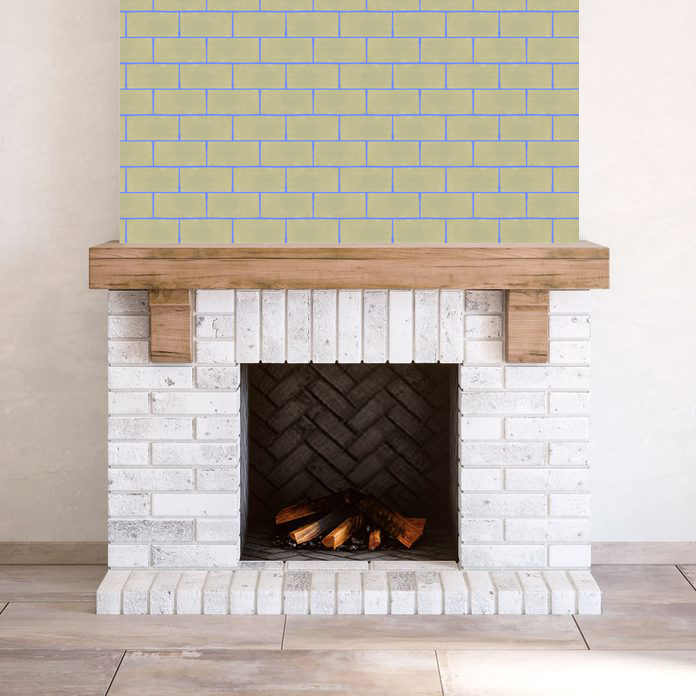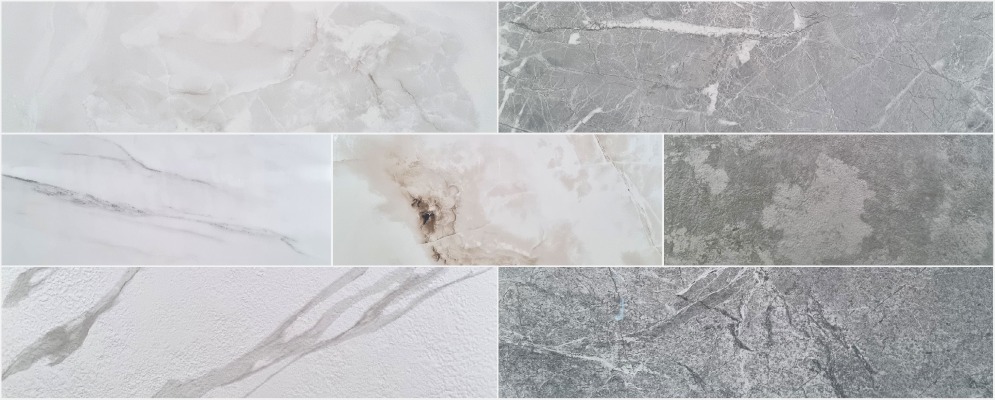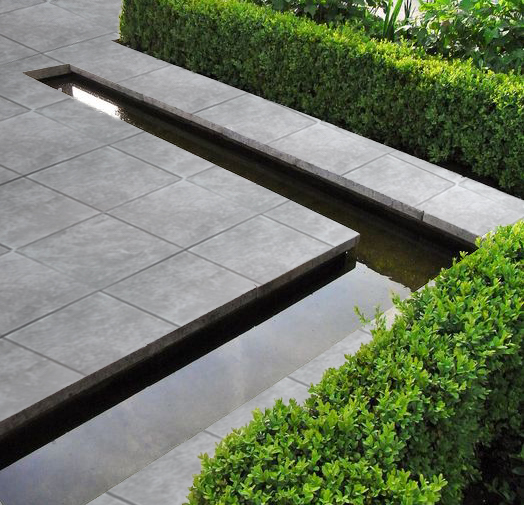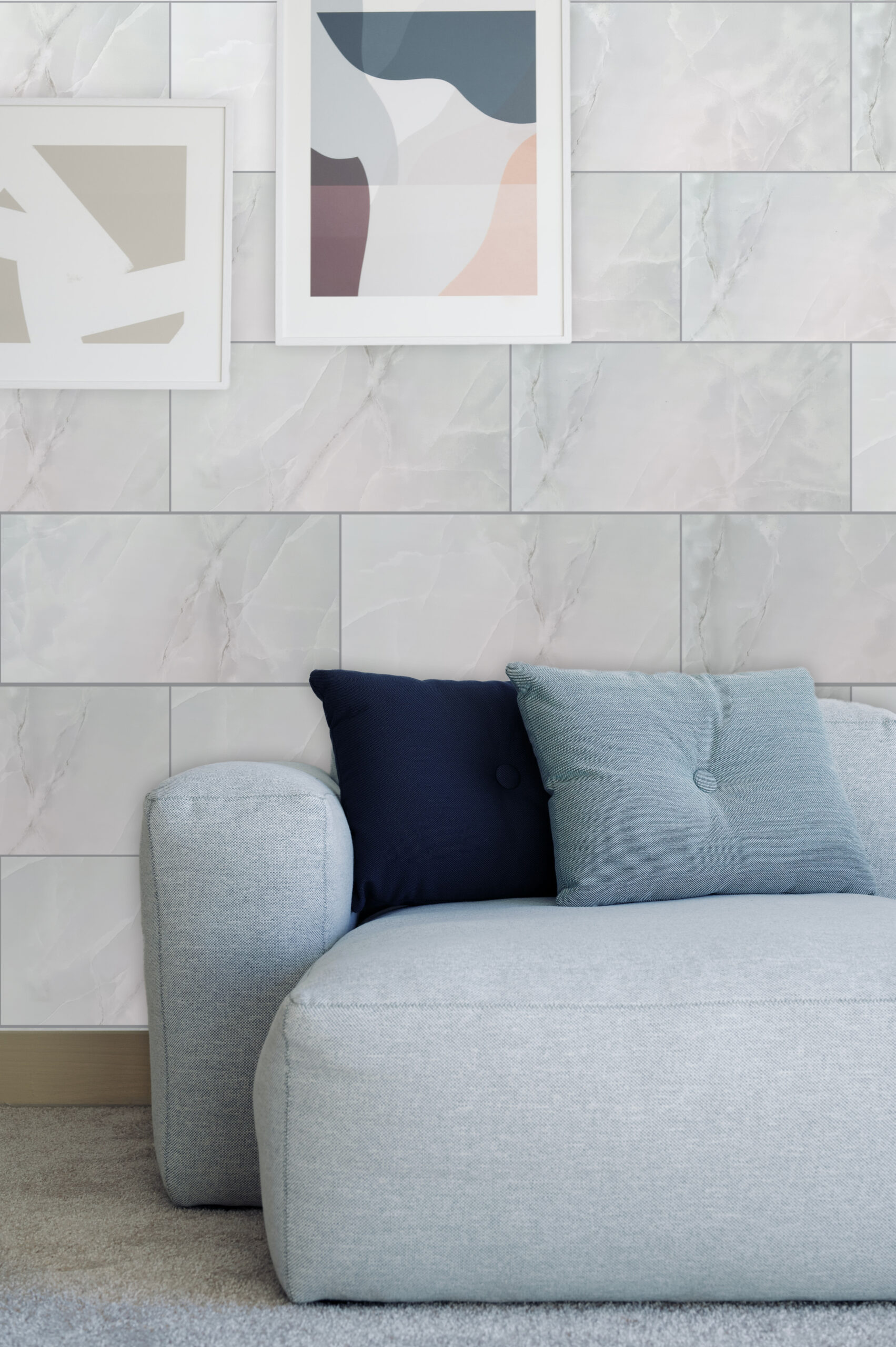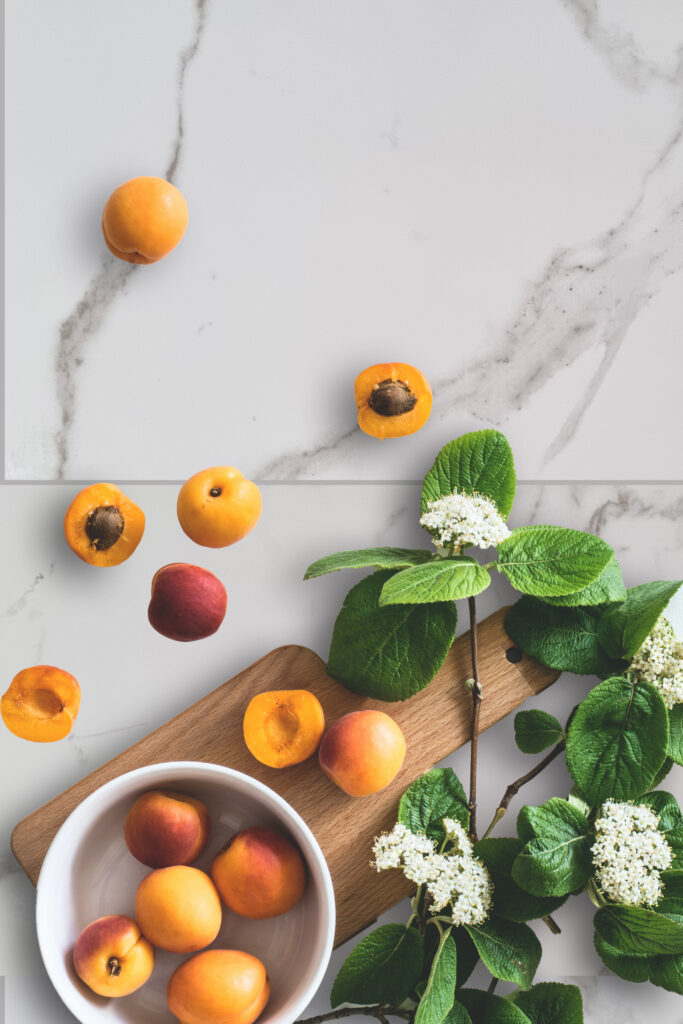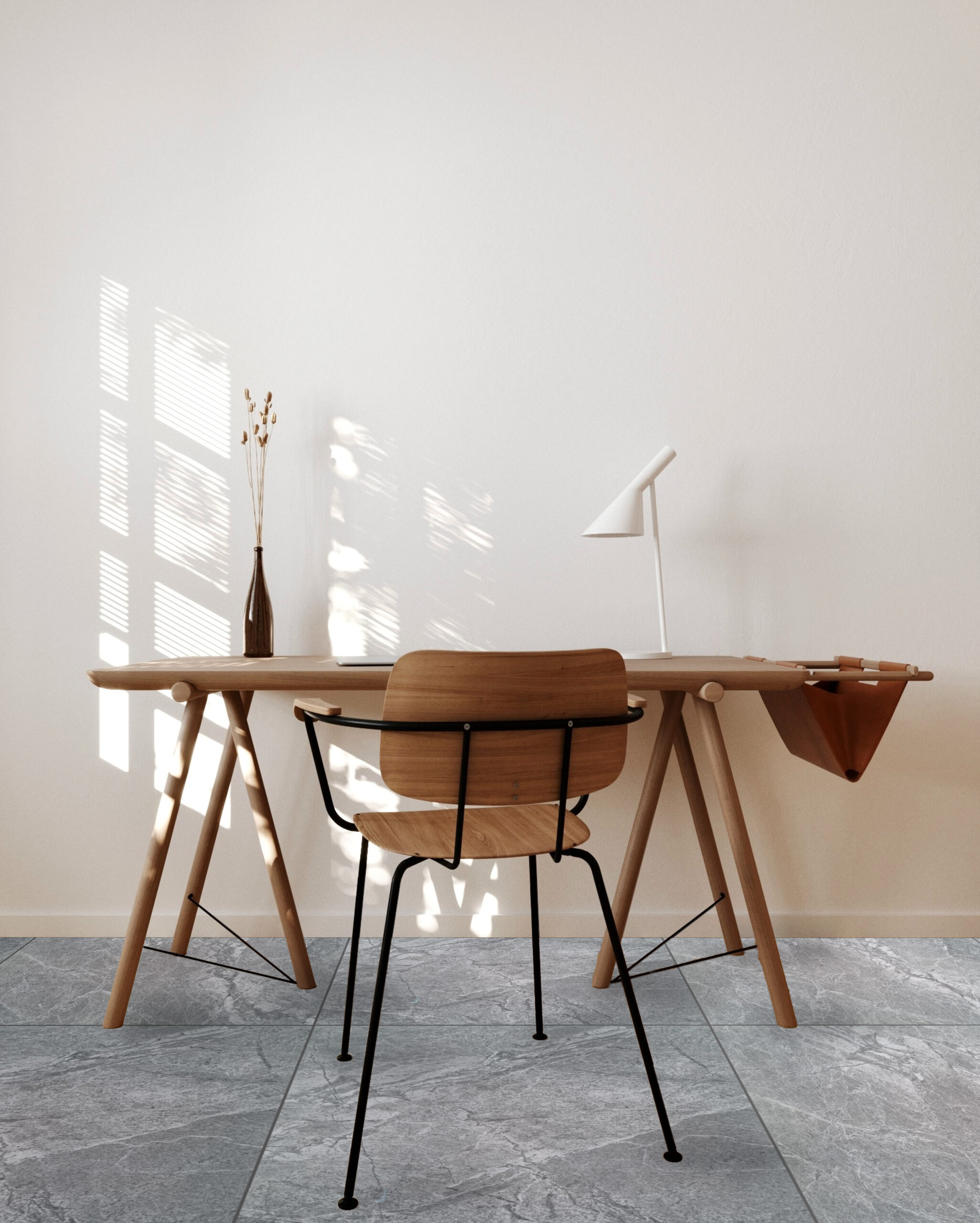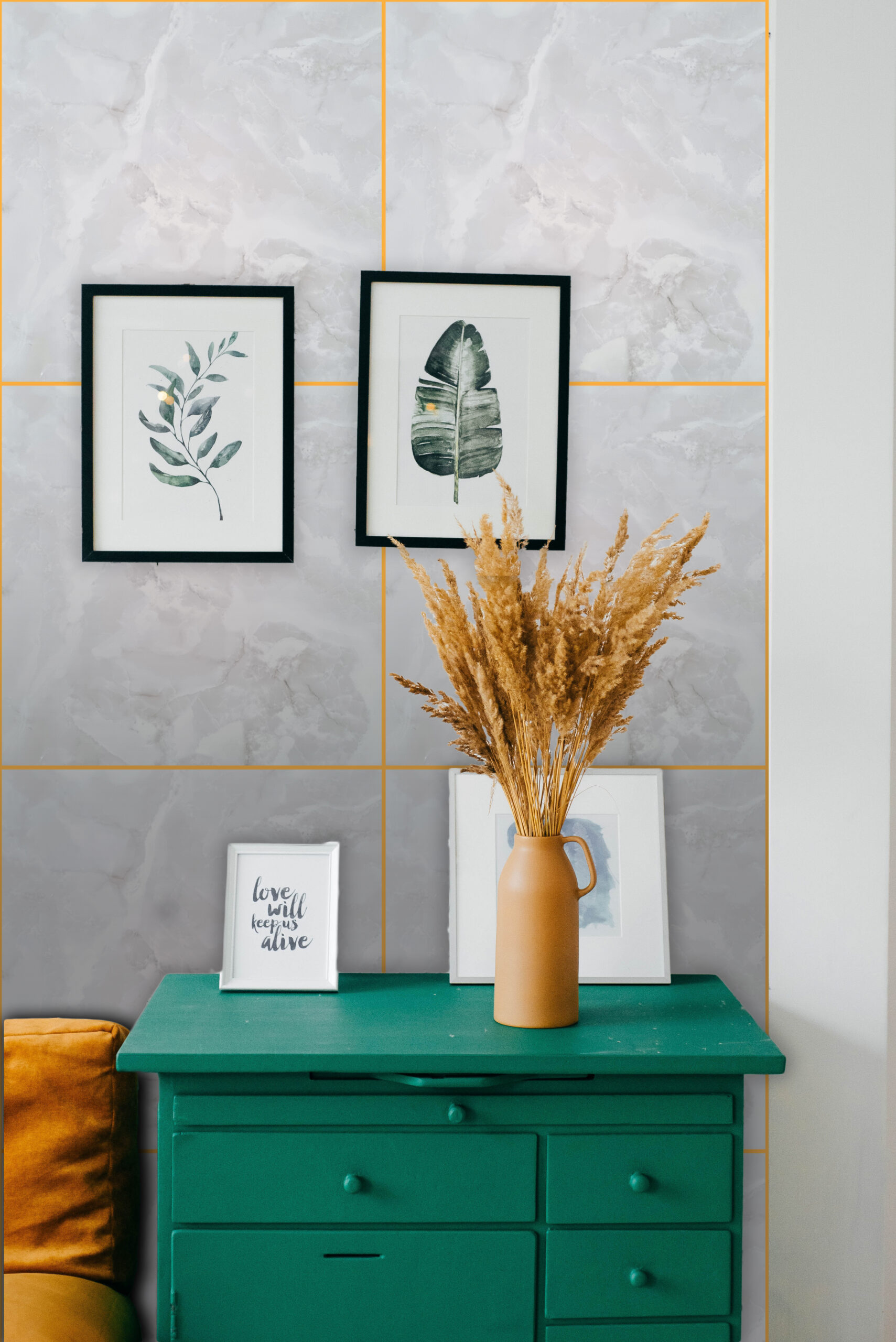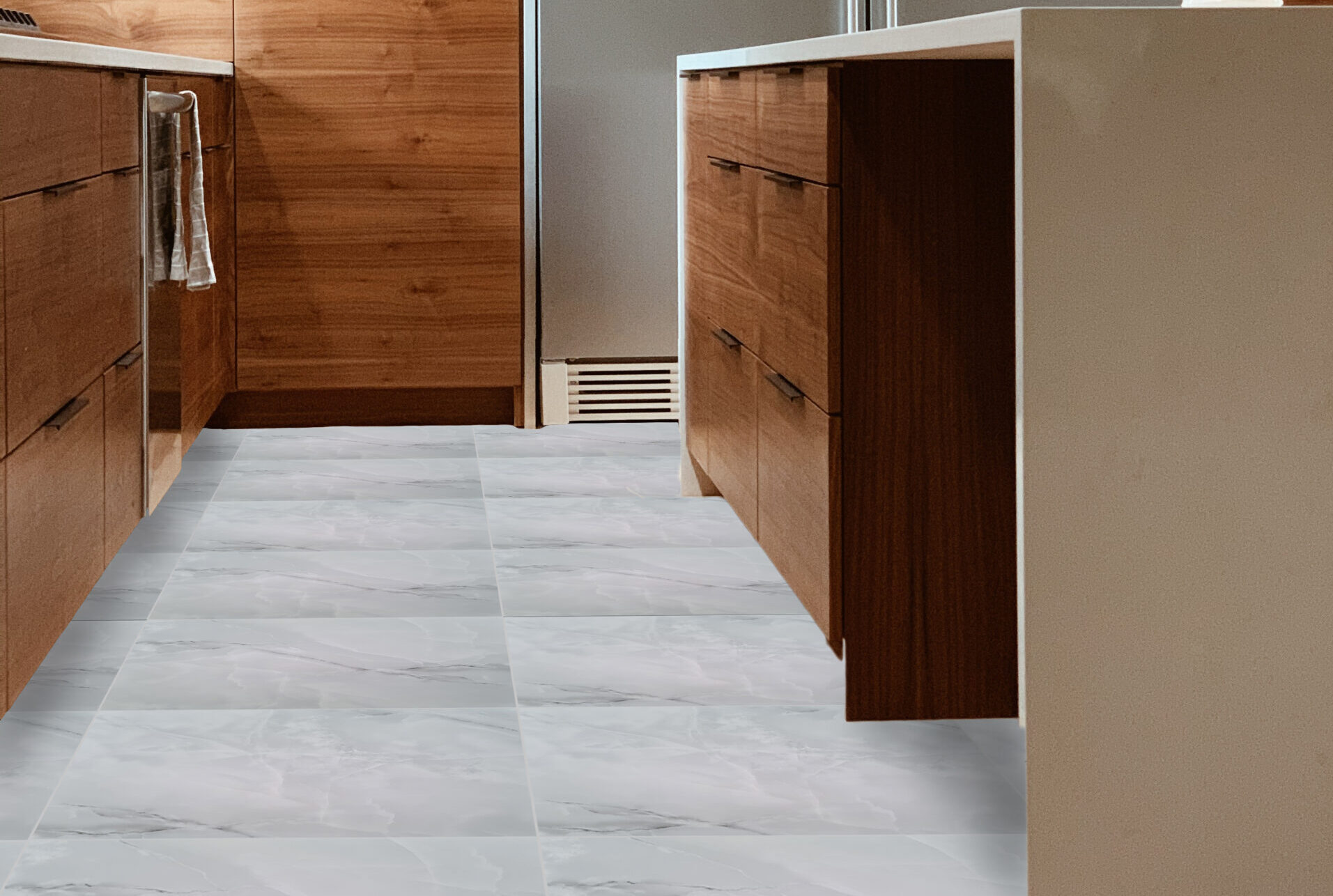
Porcelain as a material is very durable and dense. This makes it a long lasting material for any usage. But for specifically the floor, porcelain is a very good choice. When choosing porcelain there is a wide range to choose from. Thanks to technology advances, there are many different types of patterns, finishes and sizes; meaning your options are near endless.
This is advantageous because it allows any customer to make a highly specialised choice about their floor. It can be exactly to their preferences.
As mentioned before in a previous blog post, porcelain as a material is very versatile. Therefore, it can be applied to a floor and last up to 50 years, be easy to clean and when installed correctly it won’t break.
When it comes to outdoor tiles, we recommend you go for precise tiles that are made for outdoor use. These tiles are usually double in thickness and have a lot of texture. This allows traction under foot, it even makes the tile have a natural stone effect, which a lot of people really like.
The finish is an important thing to consider. We always ask customers what kind of household they have, in order for us to advise on the finish of your tile correctly. For example, if you have pets, and eledrly relatives in the house often, a gloss finish will not suit the space. So we would always say to get a matt finish porcelain tile.
Thanks to large advancements in technology in the tiling world, we now stock a tile which when wet grows in texture. This means that it is perfect for outdoor or swimming pool floor application. As the tile is rained on, or splashed on, it becomes more gritty, resulting in a tile that is hard to slip on.
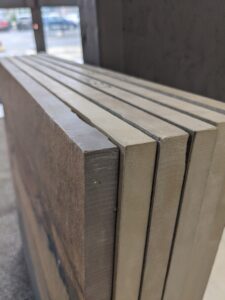
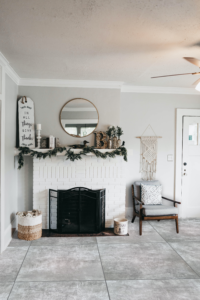
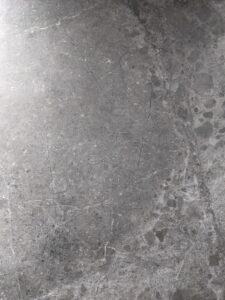
These 6 points are variables to always consider when choosing the perfect floor tile for you:
- Tile size.
- Room size.
- Colour.
- Grout.
- Texture and pattern.
- Natural light.
For more information on Porcelain Floor Tiles, feel free to call us (0113 390 8800), email at info@tilesforever.co.uk or come into our showroom.

